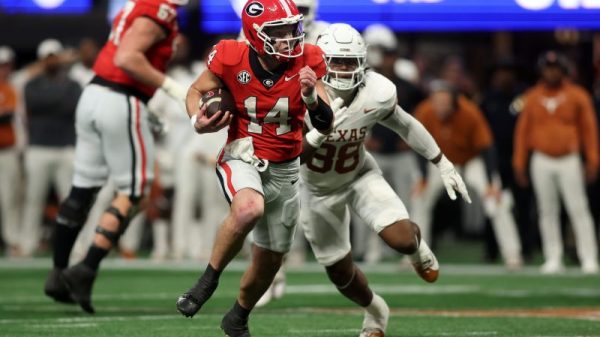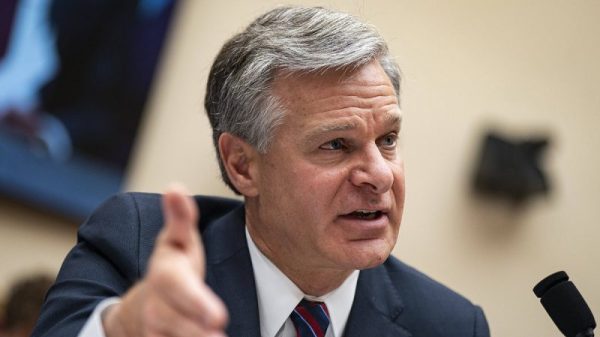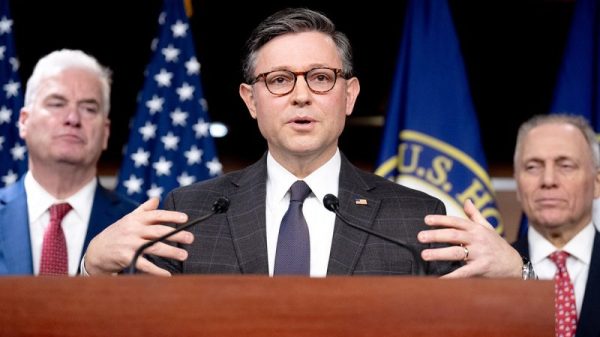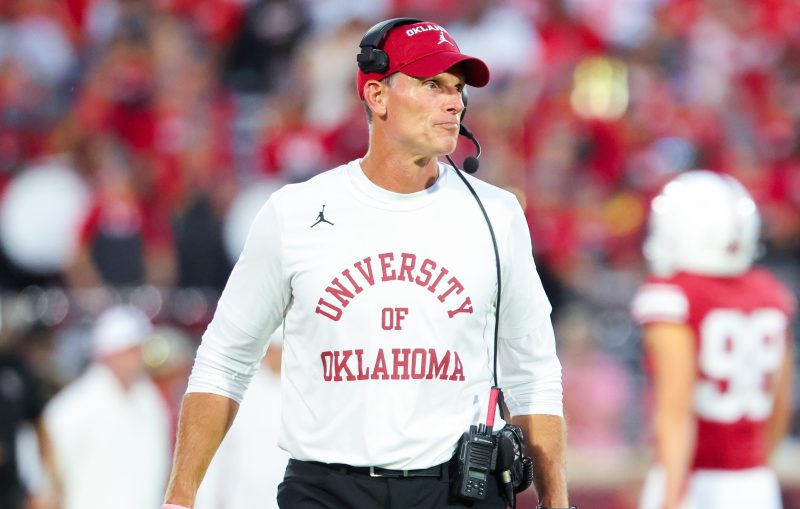
They’ve used words like unsustainable and unrealistic, forecasting doom for college football and their job of coaching and developing players suddenly flush with cash and free movement.
Then this new world for coaches was proven to be financially and operationally sustainable. And very realistic.
And now here we are, steamrolling into a fourth year of seismic player procurement change in college football, and coaches have a new boogeyman and another level of accountability.
Because no university president in his or her right mind is going to place a multimillion-dollar budget in the hands of a football coach.
“This is a new landscape that we are in,” says LSU coach Brian Kelly.
That may be the understatement of the year.
We haven’t begun official pay for play – college athletes sharing media rights revenue of a multimillion salary cap as the result of a class-action lawsuit against the NCAA, and beginning with the 2025 season – and already schools are moving forward to supplement coaching staffs by adding ‘general managers’ and ‘vice presidents of operations’ and ‘executive advisors’ to their football programs.
Whatever the title, the job description is clear: manage the money. Coaches wanted guidance and assistance from their universities in this ever-changing world with untold and unintended tentacles.
Now they’ve got it — with an added layer of scrutiny some may soon regret.
More to the point: they have another pair of eyes watching over their program, closer than anyone – including their athletics directors – has ever been. This one also managing and controlling a salary cap for as many as 105 players, or nearly double the amount of contracts the NFL has per team.
A salary budget that will quickly become the lifeblood of winning football, and a quicker path to unemployment for those who can’t manage it properly. Nothing says it’s time for a new vision for the program quite like a coach who misses on player procurement and costs the university millions.
If you thought NFL owners had quick hooks for their coaches, wait until university presidents get further involved in winning and losing because of GM and advisor hires. There’s no avoiding it once they go down the road of adding another layer of management.
Ohio State’s boosters and NIL backers spent $20 million this season on the Buckeyes’ roster, an all-in moment to try and catch Big Ten bully and defending national champion (and bitter rival) Michigan. The school spent more combined on coach Ryan Day ($10 million annual salary) and his assistant coaches and staff ($11 million).
Then scored all of 10 points at home in an ugly loss to the worst (non-pandemic) Michigan team in a decade. The Buckeyes won 10 games, and advanced to the College Football Playoff, a salve of sorts for a gaping wound of four consecutive losses to the Wolverines.
How many more chances will Day get to spend $41 million and lose to Michigan?
Earlier this month, Oklahoma hired former AT&T president Randall Stephenson as an “executive advisor to the president and athletic director.” While Stephenson refused compensation for his role, there’s little doubt of the intent of his job.
Follow the money and make it work.
The Sooners are struggling under third-year coach Brent Venables, and won only two league games in their first season in the SEC. In July, OU hired a general manager (former player Curtis Lofton), and partnered with former Philadelphia Eagles vice president of football administration Jake Rosenberg.
You don’t hire a monetary shark like Stephenson, who successfully ran one of the most prominent businesses in America for years, and not yield more power to him — intended or not.
It’s a short jump from coaches hiring hand-picked general managers — a job title used by coaches in name only, as a perk, and one that has no power resemblance to the cutthroat NFL gig — to advisors eventually taking over the hiring process and bringing in legitimate general managers who are salary cap experts.
Legitimate GMs who have direct lines to the athletics director and president, and have the ability to steer coaching evaluations one way or the other.
Case in point: Stanford, which recently hired former Cardinal All-American quarterback Andrew Luck as its GM, and made it clear that Luck would have input with coach and roster moves. Stanford, folks, is far down the food chain.
How much longer before blueblood USC, which has lost 11 of its past 18 games under third-year coach Lincoln Riley, reaches out to former coach Pete Carroll and asks him to become an advisor to president Carol Folt or her successor after she steps down at the end of the academic year? Carroll loved his time at USC and won big, and only left after the 2009 season to challenge himself again in the NFL.
He’s currently an advisor for the Seattle Seahawks, after being pushed out of the head coach role after the 2023 season. He would be exchanging one role for another, only this job would be in his beloved Los Angeles.
How much longer before Alabama athletics director Greg Byrne decides he needs a closer, day-to-day look at how first-year coach Kalen DeBoer is running the program? Like all athletics directors, Byrne is managing more than 20 sports programs, each with its unique problems and demands.
Because football is the front porch of all athletics programs, because athletics directors can’t possibly know what’s going on day by day, it’s only natural to add another layer of oversight. Especially when there’s millions annually on the line.
Why would any major college football team not have a general manager or vice president of operations under the athletics director? It’s fiscally reckless to ignore the growing beast — and leave everything in the hands of a football coach.
Now that’s unsustainable and unrealistic.
Matt Hayes is the senior national college football writer for USA TODAY Sports Network. Follow him on social media at @MattHayesCFB.





























